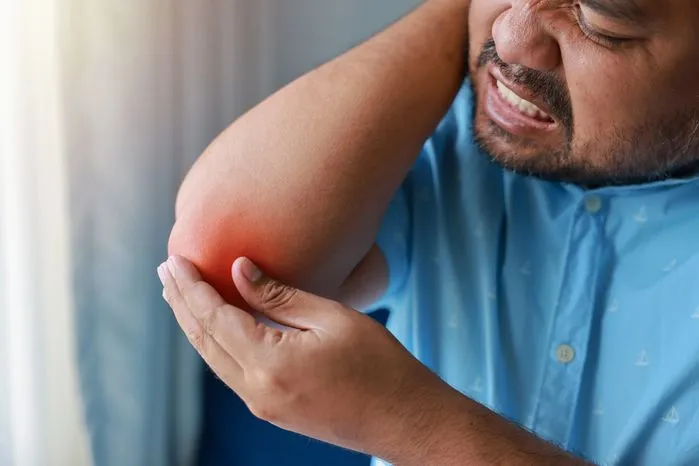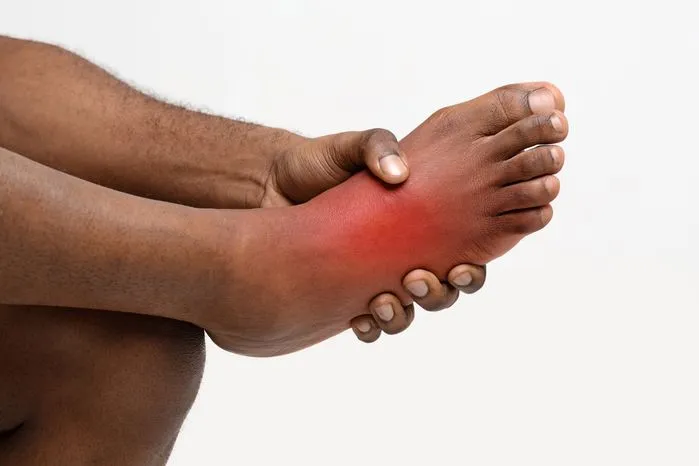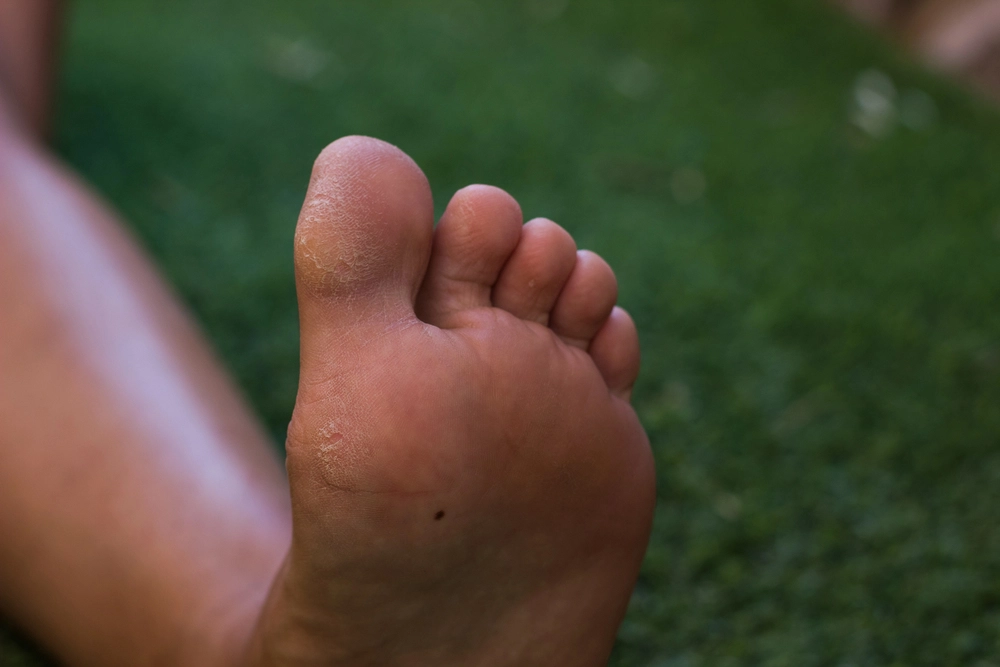
The Releford Institute’s Opinion on Chiropodists
In our opinion, chiropodists are essential for diagnosing and treating a variety of foot and lower limb conditions. They handle everything from everyday issues like corns and ingrown toenails to more serious concerns like arthritis and diabetic foot care. What we appreciate is their holistic approach—rather than just addressing the symptoms, they focus on getting to the root of the problem.
At The Releford Institute, we’ve seen how important it is to have a knowledgeable specialist who can improve both foot health and mobility. From our experience, finding the right chiropodist can make a big difference in how you feel and move.
Key Takeaways
- These specialists use diagnostic techniques like X-rays or blood tests, which can provide valuable insights after evaluating a patient's history and presenting symptoms.
- Custom orthotic solutions offer relief. They also believe in the power of patient education and lifestyle changes. Occasionally, they may recommend exercises or even minor surgeries if the situation calls for it.
- They also manage several common conditions such as diabetic foot complications and fungal infections.
- They also handle sports injuries, heel spurs, plantar fasciitis, corns, and calluses. The importance of their role cannot be overstated, as these conditions can seriously impact a person's quality of life.
- These specialists complete a degree in podiatry or podiatric medicine, gain experience through supervised clinical practice, and finally, pass the state licensing exam.

Know More About The Chiropodist Profession
Ever wondered about chiropodists? These healthcare experts focus on diagnosing, treating, and preventing conditions relating to feet and lower limbs.
Their history? It's fascinating! Foot disorder treatments date back to ancient Egyptians, but only in the last century has chiropody garnered respect as a profession.
Chiropodists aren't all the same, either. Some specialize in sports, assisting athletes in maintaining foot health. Others serve as champions for children with foot issues, known as pediatric chiropodists. We also have those who cater to patients dealing with diabetes-related foot complications, making a huge difference in their lives.
Training and Qualifications of a Chiropodist
In the UK, the terms chiropodist and podiatrist are often used interchangeably. In the US, the term chiropodist is not used anymore. It was referred to as a podiatrist in the 20th century.
Podiatrists like us have a degree in podiatry or podiatric medicine. This four-year course delves into anatomy, physiology, pharmacology, and sociology, but with a special emphasis on feet and lower limb conditions.
Aspiring podiatrists pursue a supervised clinical practice after graduation. They gain practical experience in diagnosing and treating foot ailments under the watchful eyes of seasoned chiropodists. Their knowledge and skills then face the ultimate test in a state licensing exam.
This rigorous process and continuous skill growth allow them to master their craft and provide patients with proper diagnoses and effective medical treatments.
Chiropodist's Role in Diagnosing Conditions
First up in their tasks is patient assessment. They give a thorough examination. They do this by lending an ear to the patient's history and grasping their symptoms. They’ll channel their inner detective to reveal the source of your pain and discomfort.
Their closest ally in this process is diagnostic techniques. X-rays and blood tests are the tools that assist in collecting crucial data about your condition.
Keep in mind that their diagnosis is the compass that directs the patient's treatment plan. Their comprehensive training will steer them through a diagnosis and personalized treatment for the patient.
Treatment Methods Employed by Chiropodists
Combining different treatment methods, chiropodists cater to the specific needs diagnosed in each unique case. Orthotic solutions involve custom-made devices tucked into your shoes. The purpose? To rectify any abnormal or irregular walking patterns. It offers comfort along with much-needed support.
Podiatrists also guide patients on foot and lower limb care. It averts numerous common conditions. Suggestions might span from recommending suitable footwear to proposing beneficial exercises. They may even encourage lifestyle alterations. They fix existing issues and stop future problems in their tracks. Occasionally, they might resort to more direct strategies, such as minor surgery or physical therapy.
Common Conditions Managed by Chiropodists
You might picture the agony of heel spurs or the discomfort linked to plantar fasciitis. Think about corns and calluses too, making every step feel like a task.
Guess what? You're not alone in this. They handle these issues every day.
Consider the diabetic foot. This condition often leads to neuropathic pain and foot deformities. Complications can be serious. However, chiropodists offer effective management for this issue.
How about fungal infections? They're more than just itchy and unsightly; they seriously affect your foot health. As specialists, we come to the rescue by providing treatment and preventive strategies.
Frequently Asked Questions
What's the difference between a podiatrist and a chiropodist?
A podiatrist and a chiropodist essentially perform the same roles. The difference is primarily in the terminology used in different regions. In the United States, these practitioners are generally referred to as podiatrists, while in the UK, the term chiropodist is more commonly used.
Do chiropodists cut toenails?
Yes, a chiropodist cut toenails. This is one of their routine tasks, as they help people to maintain foot health. They trim toenails correctly, particularly for patients who have difficulty doing it themselves due to conditions like arthritis.
What does chiropody do?
Chiropody is a branch of medical science that deals with the assessment, diagnosis, and treatment of the lower limb, particularly the foot and ankle. Chiropodists provide care for a wide range of conditions, including calluses, corns, warts, ingrown toenails, bunions, heel and arch pain, and more.
Why is it called a chiropodist?
The term "chiropodist" comes from the Greek words "chiro" and "pod," which mean "hand" and "foot," respectively. It's a historical term, largely replaced by the term "podiatrist" in many parts of the world, although it's still widely used in the UK.
Can a chiropodist cure toenail fungus?
A chiropodist treats toenail fungus for patients. They diagnose the condition, provide topical and oral treatments, and offer advice on prevention and management. However, severe or persistent cases may require further medical intervention.
Is it worth seeing a chiropodist?
It is worth seeing a chiropodist if you have any problems or pain in your feet. They are experts in foot care and provide treatment for a variety of conditions, as well as advice on how to maintain healthy feet.
How often should you go to a chiropodist?
The frequency of visits to a chiropodist depends on the individual's foot health. People with ongoing conditions may need regular appointments, while those with good foot health may only need to visit annually for a check-up.
Can a chiropodist remove a toenail?
Yes, a chiropodist removes toenails for some patients if it's necessary. Patients are usually under local anesthesia to minimize discomfort. They treat ingrown toenails, fungal infections, and other conditions that may require toenail removal.
Does a podiatrist cut toenails?
Yes. This is a standard part of many podiatric treatments, particularly for patients who have difficulty managing their foot care due to conditions such as diabetes or arthritis.
Do chiropodists do pedicures?
No. Their focus is on health and treatment of conditions rather than cosmetic procedures like a pedicure. However, they often advise patients on safe pedicure practices to maintain foot health.
What do you wear to a chiropodist?
Wear comfortable and easily removable shoes and socks so that your feet can be easily examined when visiting a chiropodist. Having clean feet is also a good thing for hygiene purposes.
Which part of the human body does chiropody deal with?
Chiropody deals with the lower extremity of the human body, specifically the feet and ankles. This includes the diagnosis, treatment, and prevention of diseases, disorders, and injuries of the foot and lower limb.


















